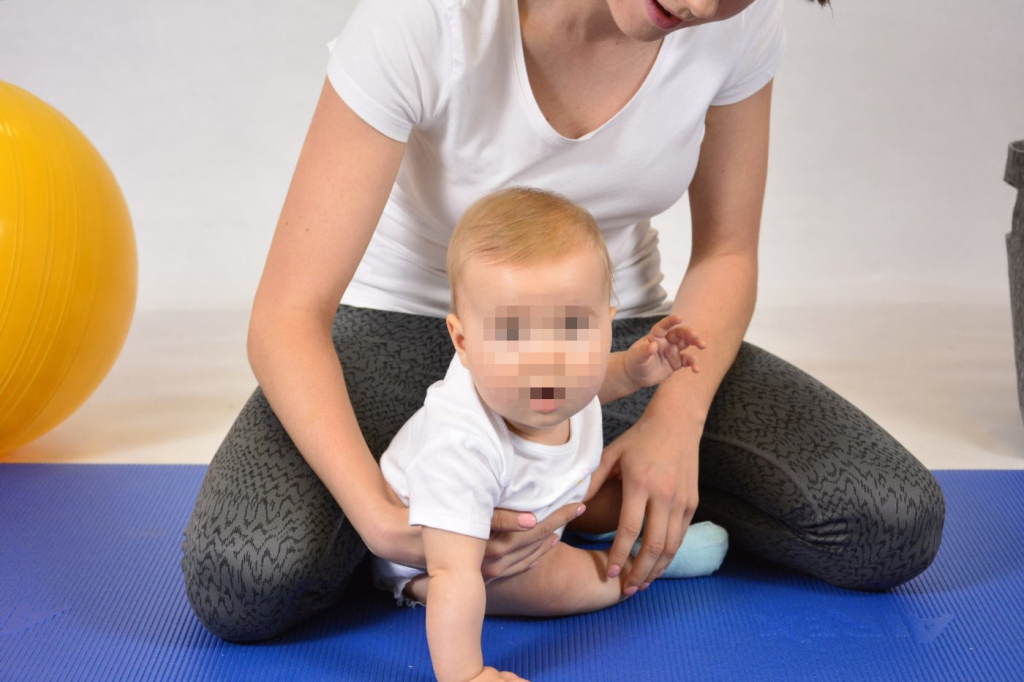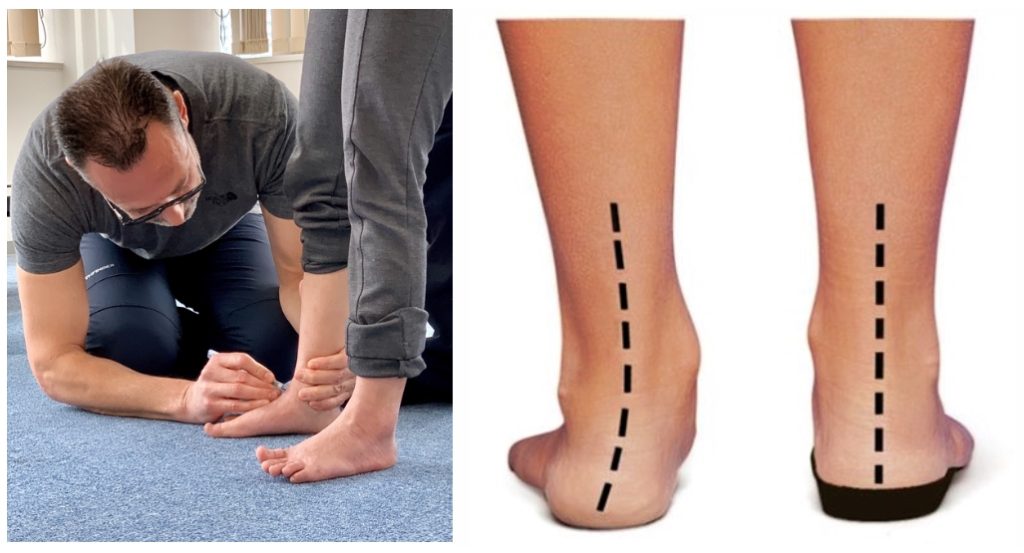Physical Therapy
The physiotherapy department is a part of Praxis and deals with a variety of issues. The deep knowledge of the kinetic function of human beings is one of the greatest therapeutic tools of physiotherapy. The sufficient scientific training of the therapists ensures a positive therapeutic outcome.
In PRAXIS physiotherapy comprises three major parts:
- Rehabilitation of Neuromuscular Disorders
- Rehabilitation of Musculoskeletal Disorders
- Construction of Orthotic Devices (Splints-Insoles)
Rehabilitation utilizes the knowledge of pathological kinetic function in orfer to be able to design and organize programs aimed at a better functional rehabilitation of the person receiving therapy.
The therapeutic methods as well as techniques that are being used rely on the best European and worldwide models of rehabilitation and include the following:
- Neurodevelopmental Treatment (NDT-Bobath)
- Proprioceptive Neuromuscular Facilitation (PNF)
- Sensory Integration
Neural and kinetic system dysfunctions that can be included in rehabilitation program are:
- Cerebral Palsy
- Προωρότητα
- Syndromes that cause movement dysfunction
- Craniocerebral trauma
- Strokes
- Multiple sclerosis
- Spinal cord injuries.
- Peripheral Nerve Damage
As physiotherapy is aimed at a wide variety of different issues, there are three distinct age sub-sectors:
- Department of Neonates (Takes care of Neonates)
- Department of Children (Takes children from one year to adulthood)
- Adult Physiotherapy
Neonates and infants

The thorough training, specialization as well as lengthy experience in working with neonates and infants has qualified our ability to provide scientific evaluation and early intervention in a large number of cases, as one of the best in the Pediatric Community.
Newborns and children who need our therapeutic intervention include:
- Prematurely born infants.
- Neonates with poor motor repertoire.
- Lightweight, sluggish and/or hypotonic newborns.
- Neonates and children with Cerebral Palsy.
- Syndromes.
- Neonates with congenital malformations.
- Rheumatoid arthritis
- Neonates with feeding problems.
- Meningocele
Children Physiotherapy

The vast majority of cases observed in our unit can be included in this particular category. The therapy schedules are individually created and aim to increase the functional level of every child and the embetterment of the qualitative and quantitative kinetic function.
The children following rehabilitation programs in the children department can be identified in the categories bellow:
- Children with smaller movement dysfunctions (walking on the tip of the toes, inconsistent steps, frequent falls etc.)
- Children with cerebral palsy (hemiplegia, diplegia, quadriplegia, ataxia, athetosis, Chorea etc.)
- Craniocerebral trauma
- Syndromes.
- Children with respiratory problems
- Children with swallowing and eating dysfunctions
- Structural asymmetries- musculoskeletal asymmetries
- Children with neoplastic diseases needing kinetic support
- Children with multiple trauma ( bone fractures, burns, car accidents)
- Children with spinal cord injuries
- Children with peripheral nerve damage
- Children with hemophilia
Adult Physiotherapy

The adult section works with adults with either neurological or musculoskeletal disorders. Adult neuro-motor disorders include:
- Stroke (hemiplegia).
- Craniocerebral trauma
- Diseases of the central nervous system (Parkinson's, etc.).
- Diseases of the peripheral nervous system.
- Autoimmune diseases (multiple sclerosis, etc.).
- Spinal cord injuries.
Musculoskeletal disorders
In musculoskeletal disorders, our therapists try to intervene structurally instead of dealing with the symptoms alone.
Pain is, for example, a serious symptom of a disc dysfunction in the lumbar spine due to the hyperactivity of the particular plane due to precipitation of the collagen fibers of the disc. As you deal with the conditions, (e.g. pain) you need to stabilize the level that is dysfunctional in order to have a permanent effect and alleviate the symptoms.
The techniques used, in addition to the classic physiotherapy equipment, include orthopedics with manual therapy.
It should also be emphasized that treatment is personalized because every patient is different in structural elements and symptoms.
Construction of orthotics
The chronic engagement with the biomechanics of the human body, as well as the knowledge of the pathology that occurs in a different way each time, has led us to intervene in a number of ways to ensure proper alignment of the bones and joints. So the construction of orthotic devices (splints, soles) is another arrow in our quiver.
We construct and modify:
- Upper extremities splints.
- Lower extremity splints.
- Orthotic insoles.

